Lost Camps of the Ventana
Discovering Paul Danielson and his personal project in the Ventana Wilderness
The struggle between human order and chaotic nature manifests everywhere in the mountains of Big Sur. The highway perpetually slides toward the ocean. The mountain is always erasing slowly and then suddenly the walking trails and campsites. Constant effort is required to maintain the paths that make possible access to the backcountry. For many years, many people have maintained the pathways and the knowledge of the Big Sur backcountry. Paul Danielson is a wonderful example of this human effort and desire to participate in and to know the life of these wild landscapes. In his books Lost Camps of the Ventana and Invisible Camps of the Ventana, Danielson traces his adventures to discover and experience the fullness of the Ventana Wilderness.
He begins his book by inviting the reader to follow in his footsteps:
Do you enjoy treasure hunts? Do you like poring over maps? Do you relish hiking off-trail in search of long-forgotten locations? If you can answer "yes" to any of these questions, then there is a good chance this book is for you.
Danielson's journey too began with an invitation:
Not so many years ago, I was challenged by an old-timer:
"If you want to see the Ventana Wilderness, I encourage you to do what I have done. Hike every trail and visit every camp. It will get you to every remote corner and you will experience the fullness of what this wild country has to offer. You will need a couple of old maps that I have for you, as well as your own current ones."
And then he went his way.
Well, I took him up on his offer. And now, more than seven years later, I have almost completed the challenge. He was right! It is the ultimate way to see what the Ventana is all about! Also, it helps one to realize how well-traveled it was in its prime, when, for example, the fishermen managed to roam every drainage in their quest for good fishing holes. The trail and camps were well-loved and used.
I like treasure hunts. I like maps. I like going off-trail, searching for all manner of things.
This book is for me. And I suspect that it’s for you too. Danielson sought to experience the Ventana Wilderness in its totality, every hidden valley, every abandoned camp, every overgrown trail. His books are filled with this expansive vision, urging readers to look beyond the obvious, to seek out the forgotten corners.
Who was Paul Danielson?
Paul Danielson embodied the transformative American spirit of the 1960s generation, a Princeton-educated Episcopal priest who became an advocate for human participation as steward in the life of the wild. A Monterey Bay resident of the area for nearly fifty years, Paul devoted his life to serving others. Born Aug. 18, 1938 in Santa Barbara he graduated from Princeton University in 1960 with a B.A. degree in Religion and then earned a Master of Divinity degree from the Union Theological Seminary in New York City.
He served as a parish priest at the Church of the Good Shepherd in Salinas for 16 years, growing it from a small mission to a thriving parish of over 200 members. He then spent 17 years as chaplain at All Saints' Day School in Carmel Valley, where he became known as the "heart" of the school.
Paul retired in 2001 and began his "third career" focusing on conservation, hiking, his spiritual life and continued service to others. He was a Board Member of The Big Sur Land Trust and was especially committed to the Ventana Wilderness Alliance conservation organization. He explored the Ventana Wilderness extensively and connected with many longtime residents to discover its history.
His two books represent a spiritual desire to experience and document the wild boundaries of life. They pulse with the thrill of discovery. With precise GPS coordinates and excellent notes and descriptions, Danielson creates a user’s guide to Big Sur adventuring and captures the raw excitement of stumbling upon an old fire ring. Danielson is inviting readers to embrace their own quests into these untamed spaces.
The timing of the books was critical. Writing in his 2000s, Danielson knew he was preserving crucial knowledge that might otherwise well vanish with the locations of camps known only to aging locals and the remnants of trails being reclaimed by nature. Fires over the last 50 years destroyed many campsites and trails. In that same period since the late 1970s, with the reduction of the Forestry budget, and the removal of most of the recreational Forestry staff from the Los Padres National Forest, Monterey Ranger District, the trails in Big Sur decayed. Fires over the last 50 years destroyed many campsites and trails. Only within the last couple of years has a small new Forestry staff been hired to help maintain access to these public lands.
The challenge Danielson confronted was documenting the exact location of the Lost Camps. In his book, he leaves detailed explanations of his own adventures, GPS coordinates, and topographical map clips of the locations. He explains where to park, what trails to take, and what he found. While his descriptions of the landscape are, to a degree, out of date because of the changing landscape, his locations remain relevant and explorable, and the bulk of his narration is useful and informative.
Each chapter is about one “Lost Camp” with the following sections:
Coordinates
When he visited
Preliminary considerations
Location description
Access - where to drive
Directions - trailhead and trail directions
Description of the campsite
The return hike
History, supplementary notes, comments, overnight camping recommendation
Time to allow for hiking
So often when I am exploring a wonderful location in Big Sur I notice an old campfire ring and a flattish place to set up a tent. These old campsites are around the bend from the most amazing waterfalls, vista points, creek bends, and valleys in the Big Sur backcountry.
There's something defiantly democratic about Danielson's vision. While the commercial machine of modern outdoor recreation herds visitors onto designated trails and campsites, Danielson celebrates the hidden corners, the unofficial spaces where humans experience refuge and meaning. There are some who don’t believe sharing the hidden gems of Big Sur is productive. Better to hide it away from the hordes of uncivilized urban masses. Some see humans as apart from nature, a stain on it, not of it. I think differently. We are all elements of the natural world. Whoever we are, wherever we are, whatever we do, we are part of this Earth, we are part of the life of this world.
I suspect Danielson saw humans as part of nature, though able through consciousness to be stewards of the land and each other. There’s no doubt that he understood the wild landscapes on the borders of our civilized life as being important to protect and present within.
His work demonstrates how knowledge perpetuates itself through passionate obsessives who document, map, and share. Having visited quite a few of the locales Danielson documents, I can tell you that the real beauty out there is not nearly captured in his book. The beauty is waiting for you to discover on your own, but the starting points are provided in the books. His message is clear: the real treasures lie off the marked path. The wild still holds secrets. The quest still matters.
Danielson encourages the reader to continue his efforts:
All of this is an ongoing and unfinished adventure. That is why I am excited for YOU!…you can help finish the job in your own customized way: by deciding on new routes; or finding camps we missed, could not visit, or were not on our maps…
…But we wish you well! We hope you will have as much fun and fulfillment as Bert and I have, in the course of perpetuating the old-timers challenge. His name is Ward Allison. He was a legendary figure in the Sierra Club heydays of the 1950s through 1970s. He and his buddies' rock climbing and off-trail exploits became legendary. They took on the Ventana Wilderness in a manner yet to be matched. They had the time of their lives! Much of that spirit, and reign over the terrain, is a thing of the past, save for a rare few. These are the new elite, who are willing to venture to remote ravines and rugged ridges that fires and subsequent growth have rendered virtually inaccessible. Yes, even to Bert and myself. But I pray, not to you!
Go for it, conquer it, and tell us (and a small world of waiting adventurers) what you saw and found!
His books can be found at the Monterey and Salinas Public Libraries. They are not in print, or available electronically. So, in the spirit of "perpetuating the old-timers challenge," I will document core data points of each site, coordinates, access points, directions, and recommended approaches, while sharing my own experiences, continuing Danielson's legacy of exploration and documentation.
More information about Paul Danielson can be found at the links below:
The lost campsites are marked on this map, but a community of volunteers that Danielson helped to foster:
https://bigsurtrailmap.net/trailmap.html?control=1&mode=trailmap
This map is an excellent source or relatively up-to-date information about trail conditions in the Big Sur Area.
Here are some photos of mine from recent trips to the Los Padres Forest:

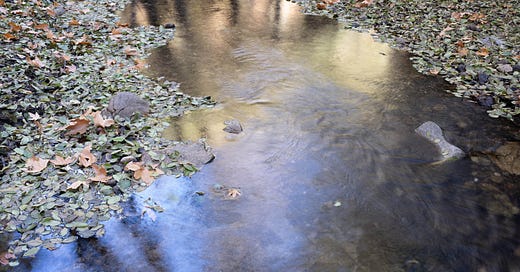



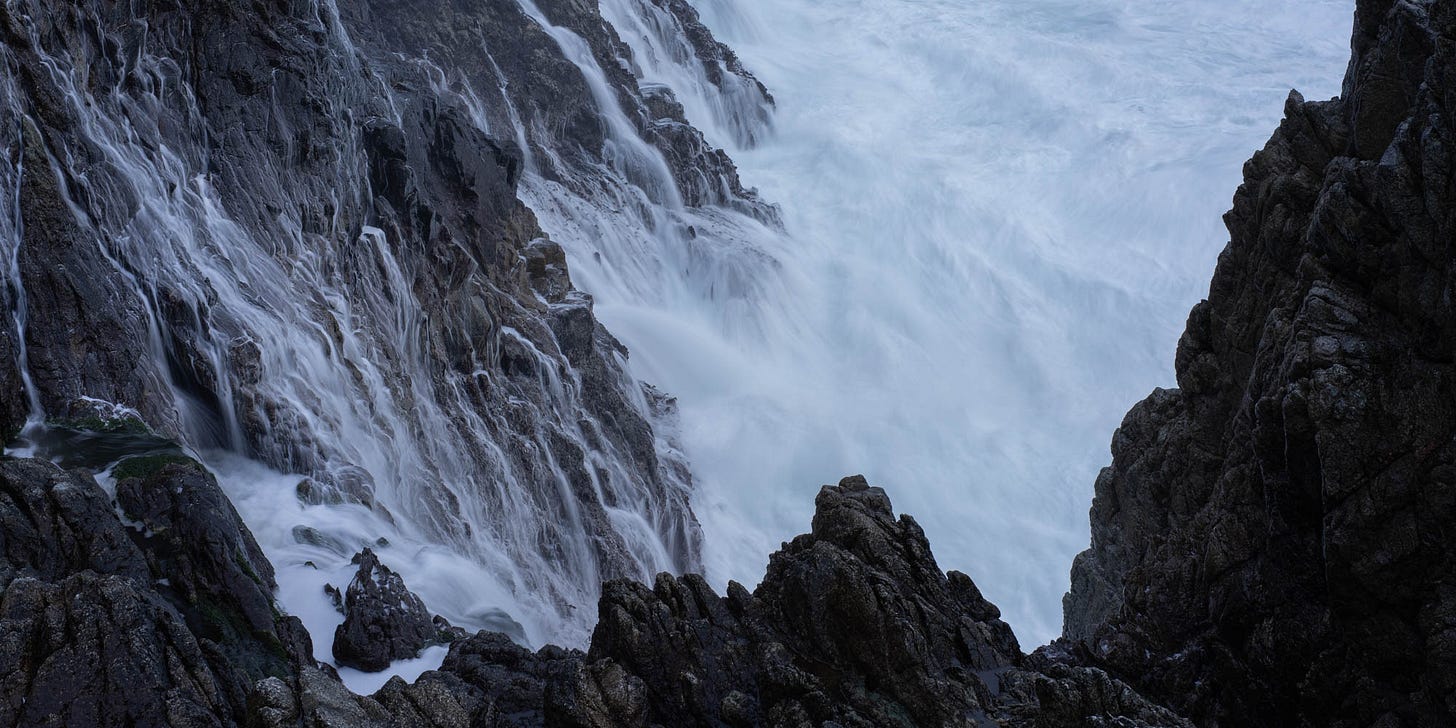


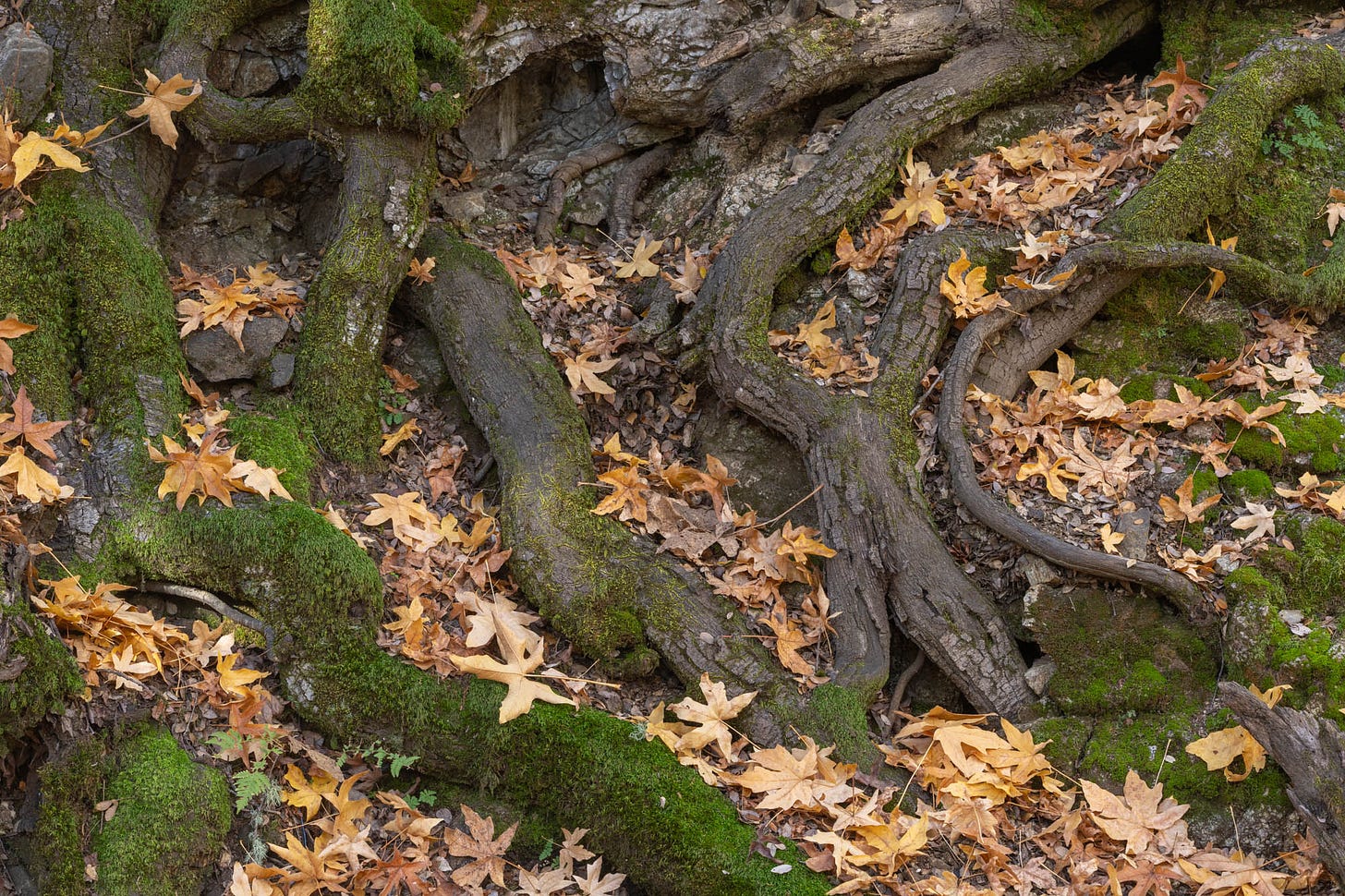
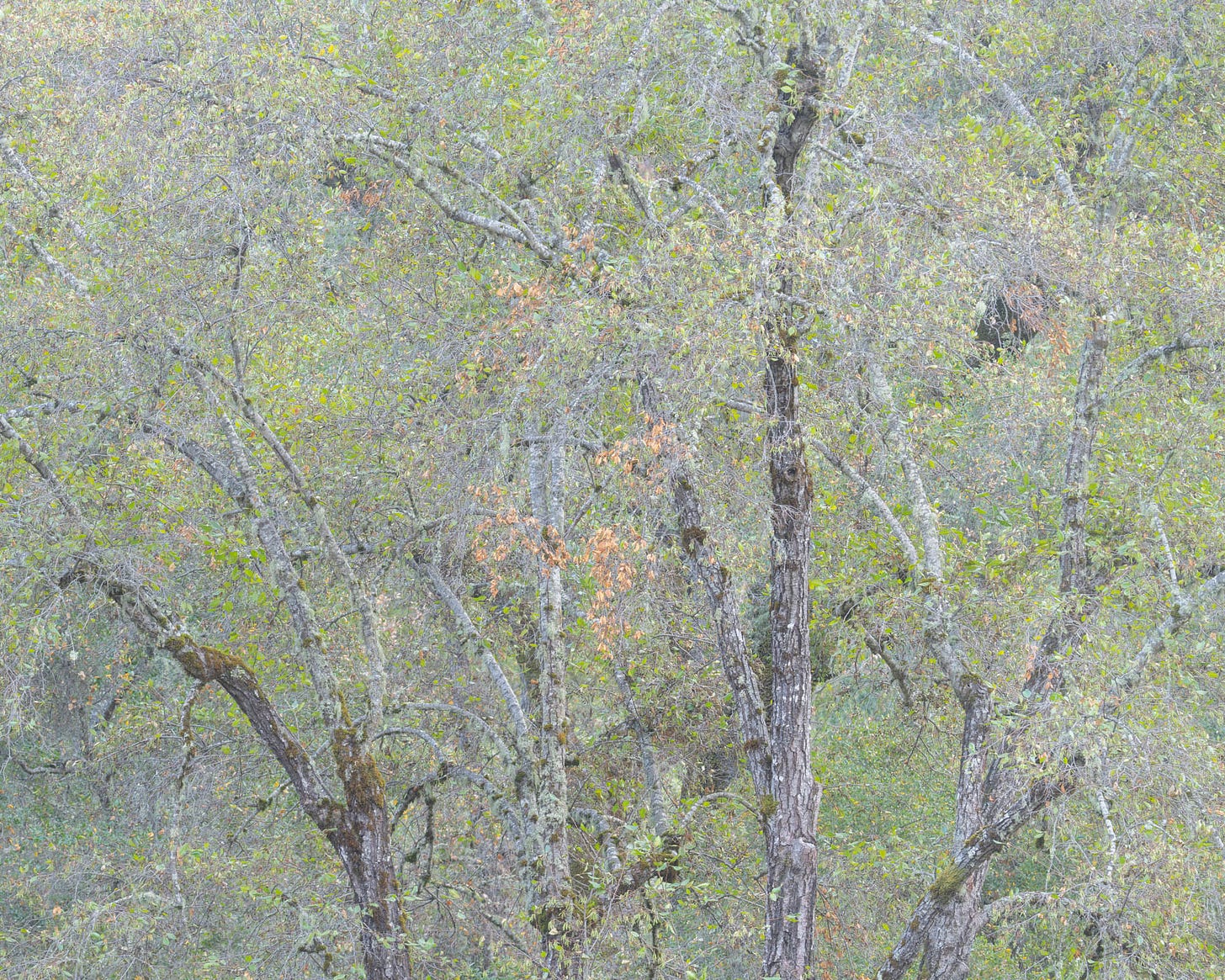
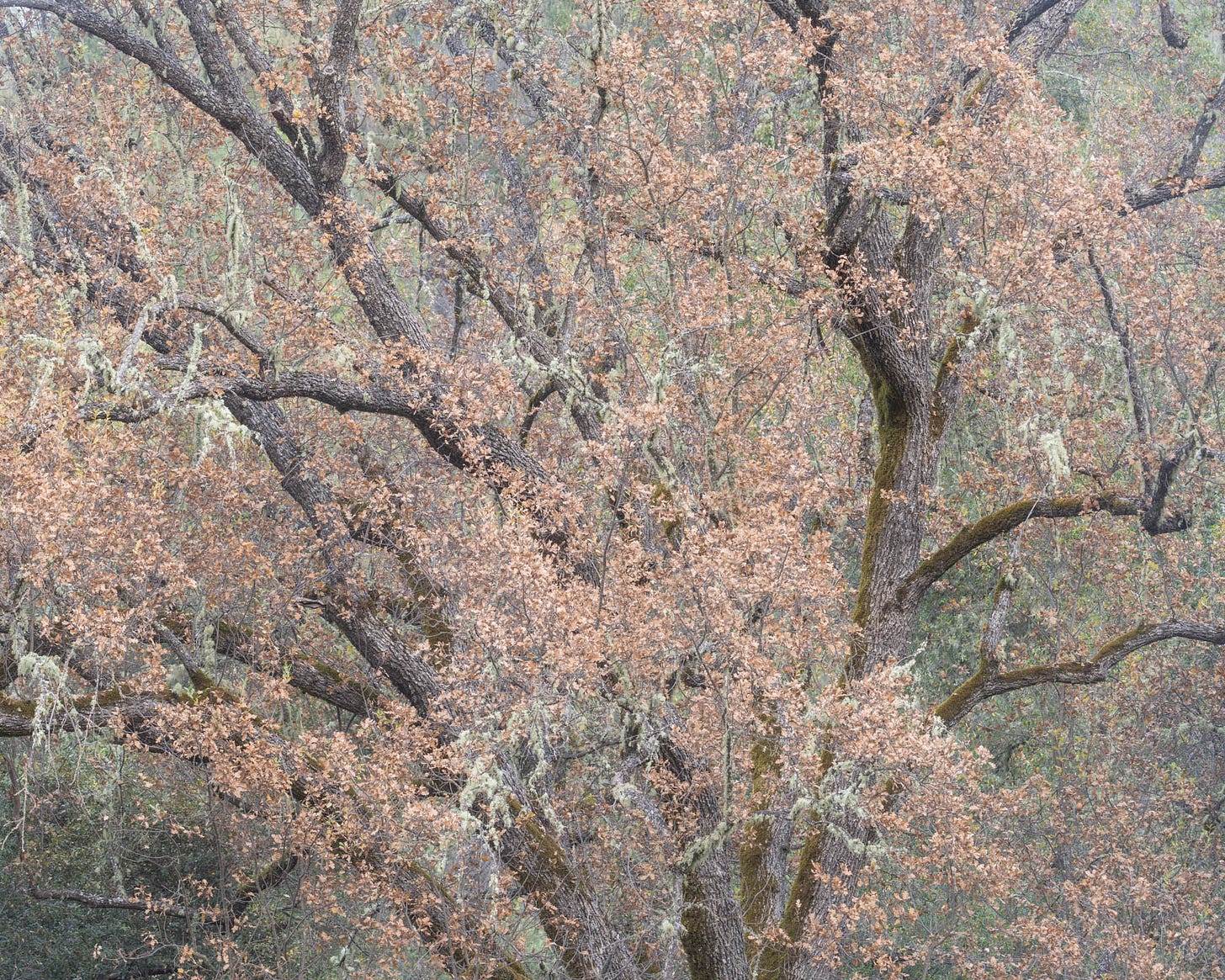


Interesting man and his devotion to the wilds of Ventana wilderness.
Wish I were 20 years younger and could explore the area.
As always great photos!